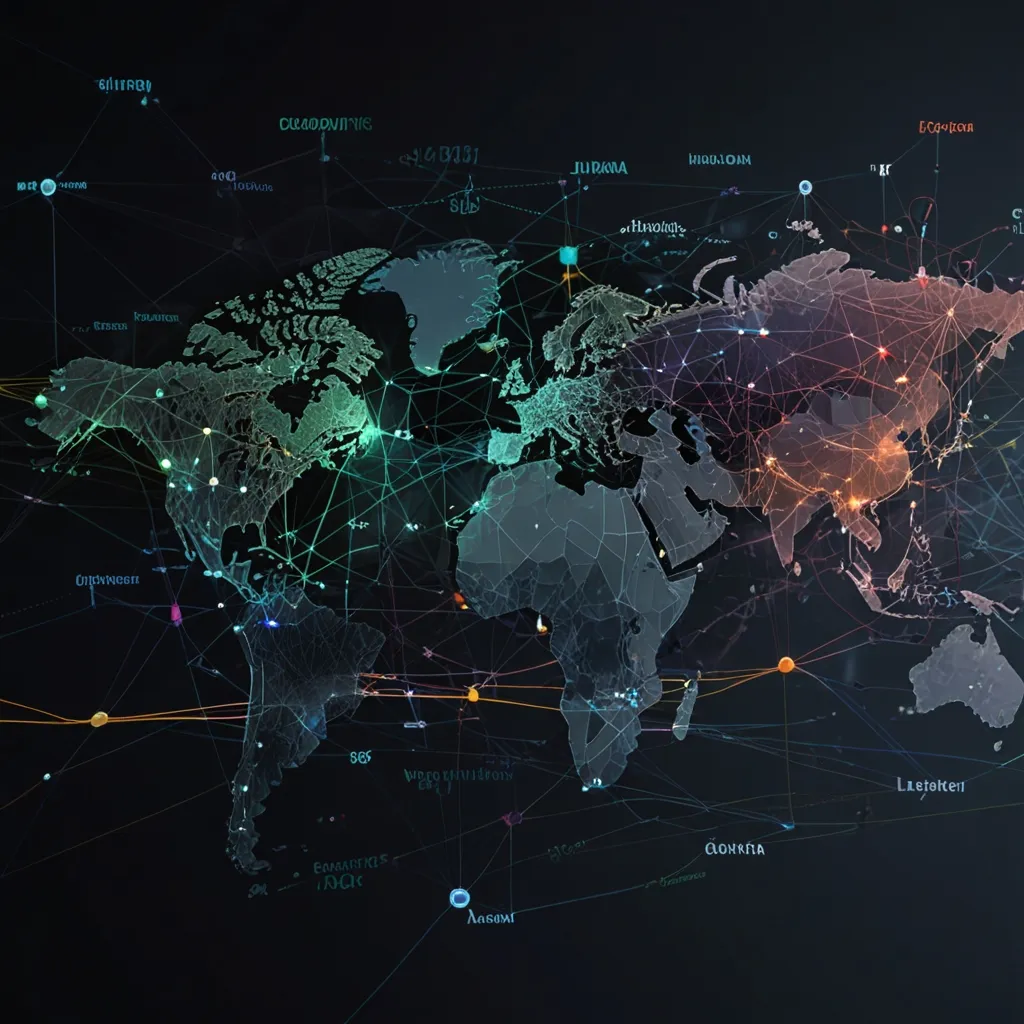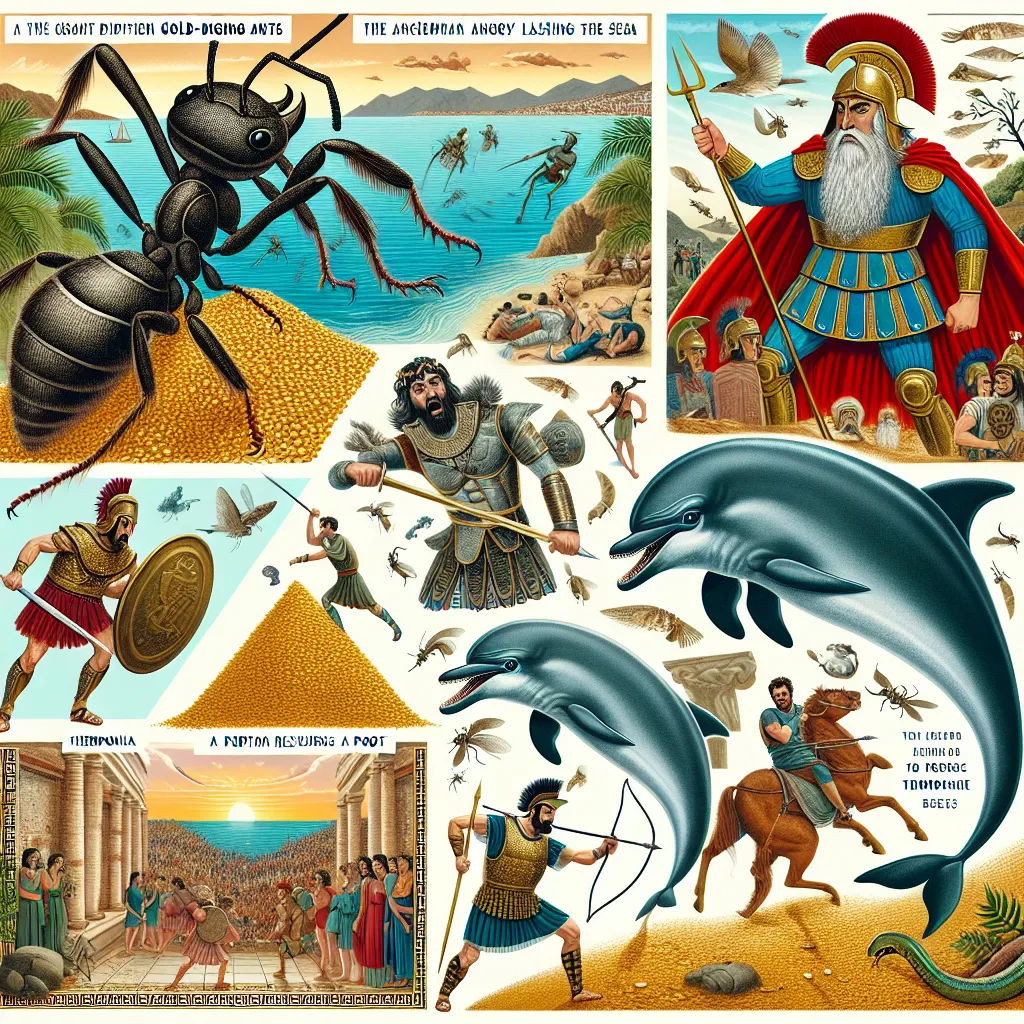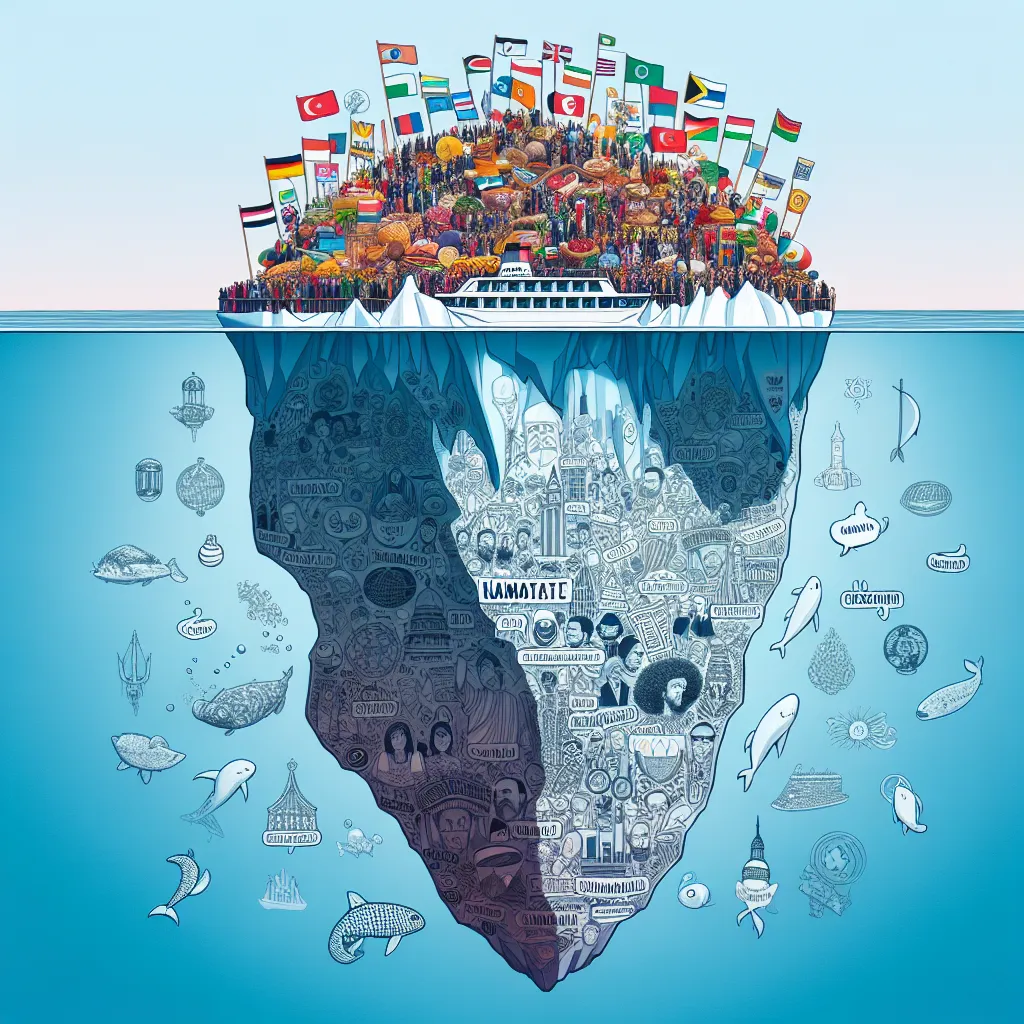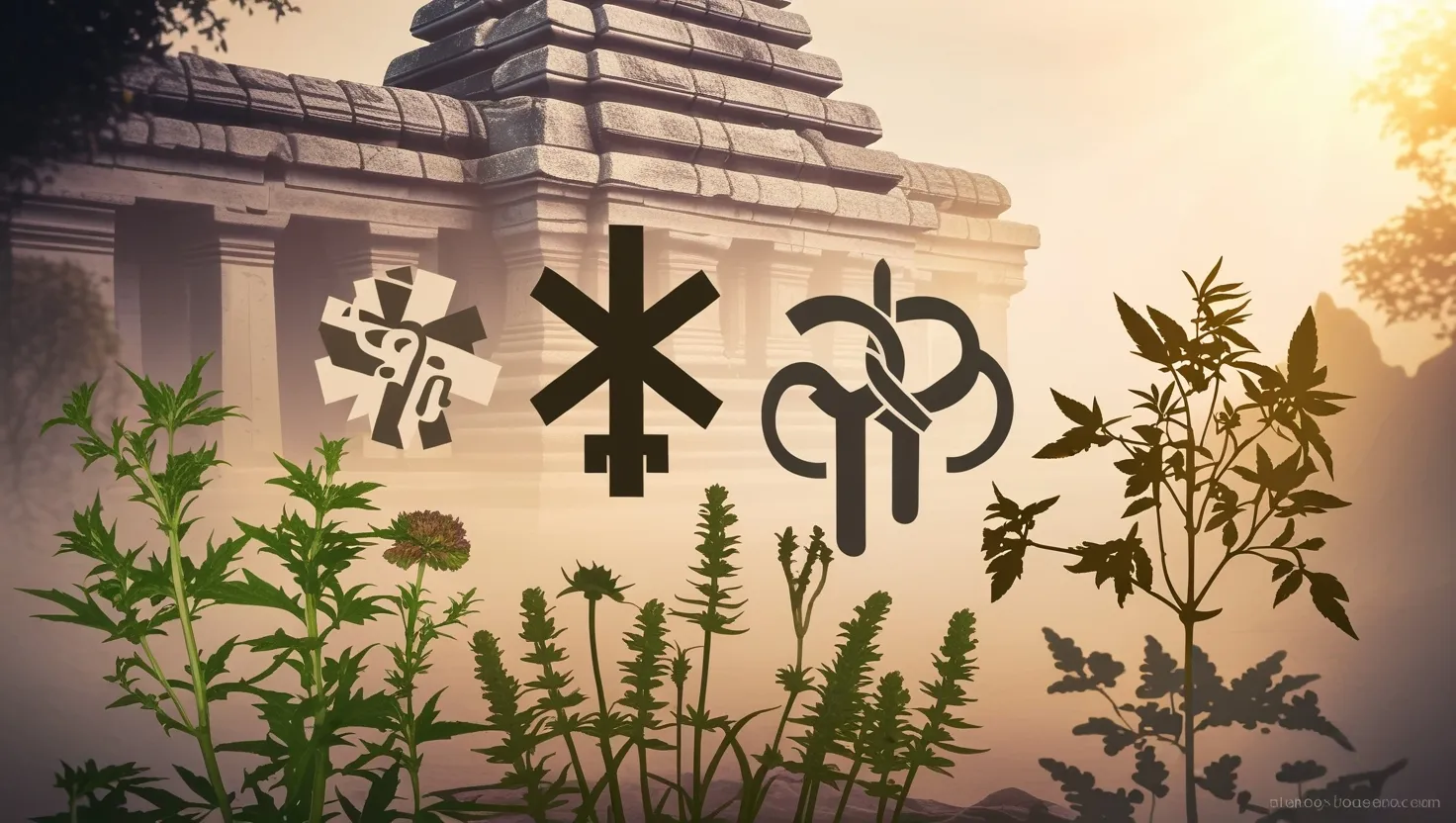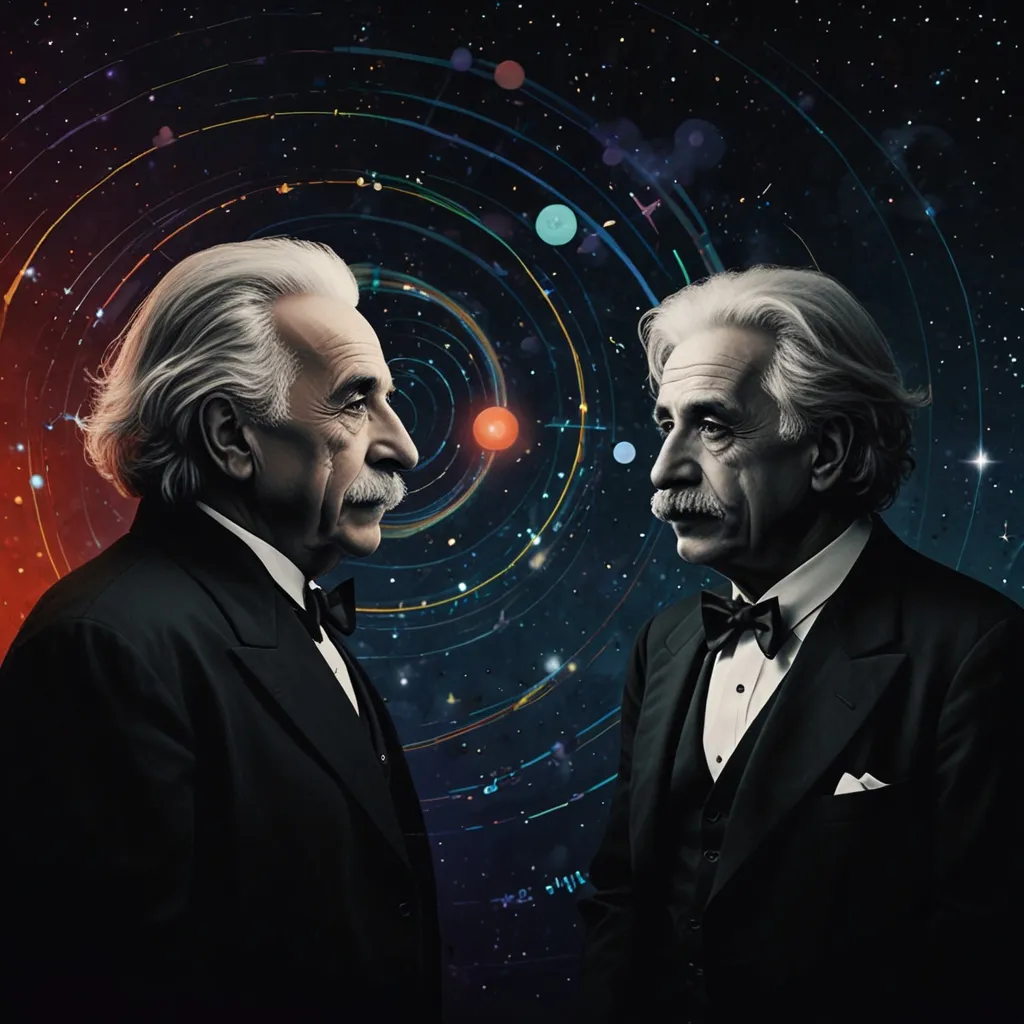Alright, let’s imagine we’re kicked back with our coffee, just chatting about the mind—the real stuff, the weird twists, the moments that force you to go, “Wait, no way is that true.” That’s the energy I’m bringing to these five discoveries that, honestly, flipped the script on how we see the brain. This isn’t the recycling bin of facts you memorized in tenth grade; this is the good coffee shop gossip of neuroscience.
First up, picture yourself in 1848, somewhere dusty and loud, the era of railway explosions and iron rods. Enter Phineas Gage, a guy whose ordinary afternoon turned into a legend when an iron rod blasted through his skull—and he survived. Imagine the horror, but also the shock when Gage gets up, talks, walks, even jokes about what just happened. So, you’d think, “If he’s awake and talking, he must be the same old Gage.” That’s the punchline—he wasn’t. His friends swore his personality did a 180. This wasn’t just a boo-boo; it was a shake-up to this idea that our “self” was one unbreakable piece. Instead, it was like learning your mind has different rooms, and someone just knocked down the wall between judgment and impulse.
Here’s the real question: What would you do if suddenly the part of your mind holding you back from saying the first thing that pops into your head—just vanished? Would you be more you, or less? Phineas Gage made doctors realize that your brain is more like a board of directors, each part with its specialty, rather than a single king running the show. Gage’s injury was messy, sure, but it made us ask: Is personality just biology, or something deeper?
And here’s a quote that always gets me thinking:
“The brain is wider than the sky.” — Emily Dickinson
Speaking of parts working together, let me introduce Paul Broca, the rock star of 1861 neurology. Broca meets a man called “Tan,” because “tan” is the only word he can say. The twist? Tan understands everything; he just can’t talk. If you’re picturing someone furiously gesturing at a waiter who keeps bringing the wrong food, you’re on the right track.
After Tan dies, Broca pokes around the brain and finds damage in a very specific spot on the left side. He doesn’t just declare, “There it is!”—he proves it again with more patients. Suddenly, the idea that your entire brain does everything together falls apart. You’ve got a GPS module for language, a music station for rhythm, and so on. Ever wondered what it would be like to lose just your ability to speak, but not to understand? Imagine being trapped behind glass, seeing everything but unable to respond. Broca’s discovery said, “Hey, your mind isn’t a soup—it’s a sandwich.” Layers, baby.
If the previous discoveries broke your sense of unity, Santiago Ramón y Cajal came along in the 1880s and shattered the idea that the brain is just a big tangled clump of spaghetti. This guy, a Spanish scientist who started as an artist, sat there with his microscope and colored pencils, drawing what he saw. Sounds tame—but he spotted something wild: the brain is made of individual cells, what we call neurons, that talk to each other across tiny gaps.
Before this, people thought nerves formed one big net, all mesh and no separation. But Cajal’s sketches showed neurons reaching but not touching, leaving little spaces called synapses. You ever think about how a single thought leaps from cell to cell, gap to gap, like messages passed in a chain? Next time your mind races, imagine a million delicate bridges lighting up with each word, each memory. Cajal didn’t just map the cities—he found every little road connecting them.
There’s a line I love from Cajal himself:
“Any man could, if he were so inclined, be the sculptor of his own brain.”
If what you know about your brain so far is that it has special rooms, magic doors, and billions of talkative tenants, the story gets weirder in the 1960s, when scientists smeared peanut butter all over the idea that the brain stops changing when you’re grown. That’s where neuroplasticity waltzes in. This was the era of Michael Merzenich and friends, who watched monkey brains literally rewire themselves after injuries. Get this: they train a monkey to do a task, and if the brain’s “hand area” gets damaged, other brain bits take over. With practice, the monkey pretty much builds a detour around the damage.
Consider this: If you lose a sense, can your brain crank up another to fill the gap? If you practice piano obsessively, are you carving new highways in your mind? Science now says yes. Doesn’t that make you see failure, or change, as less of a dead end and more of a detour sign? Your wiring is way more DIY than we ever imagined.
Now picture someone in the ’90s sticking you inside a giant, humming machine for an fMRI scan, telling you to think about your dog, your favorite song, or your worst fears, and then watching bright spots burst onto a screen in real time. Functional MRI didn’t just let us look at dead brains—it let us spy on thinking-in-progress. Want to see what sadness looks like on Tuesday versus Saturday? Want to know exactly which parts of your brain light up when you remember your grandmother’s cookies? Scientists could map this, minute by minute.
But think about the wild flipside: what if your true thoughts—the ones you never dare to say out loud—were traceable in a scan? Would you even want that kind of transparency? Sometimes I wonder, is privacy in the brain the last frontier? Or will there be a day when love, lies, and laughter are all just pixels on a monitor?
Of course, not every fMRI result is a smoking gun. Sometimes brains don’t light up quite the way we expect, and not all regions have neat “job descriptions.” But the real magic is, for the first time, psychology grew roots in biology. The mind wasn’t some mysterious swirl of vapor; it had landmarks, signposts, neon lights blinking, “This is fear,” or “Here lives imagination.”
Here’s another quote for your screenshot folder:
“We are our brains. That is all we are.” — V.S. Ramachandran
Yet, after all that, do you ever stop and wonder where you reside in this web of regions and cells and flickering blood flow? If a rod makes you snap at friends, if a damaged spot robs you of speech but leaves your mind sharp, if your silent neurons can grow new paths—where’s the real “you”? Are we just patterns that change with every injury, every new skill, every scan?
Look, I don’t pretend to have the answer, but I know these discoveries gave us mind-blowing stories to ask better questions. Here’s one: If your brain is plastic, your identity, skills, even your loves are, in theory, flexible too. So, what would you try to become if you believed change was wired into your biology?
When you sip your coffee and pause for a beat, consider how each of these brain breakthroughs started with a surprise: a spike, a lost word, an odd little drawing, a monkey’s resilience, a glow in a machine. Nobody guessed at first they’d crack open giant questions about free will, memory, or the soul. That’s why the most world-changing ideas often start with a simple “Wait, really?”
Next time you forget someone’s name, or learn a new trick, or struggle to control your temper, maybe you’ll find yourself smiling at the freaky, wonderful architecture inside your own head. Who knew science could make us so much stranger—and so much more interesting—than we ever imagined?

